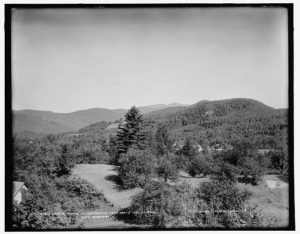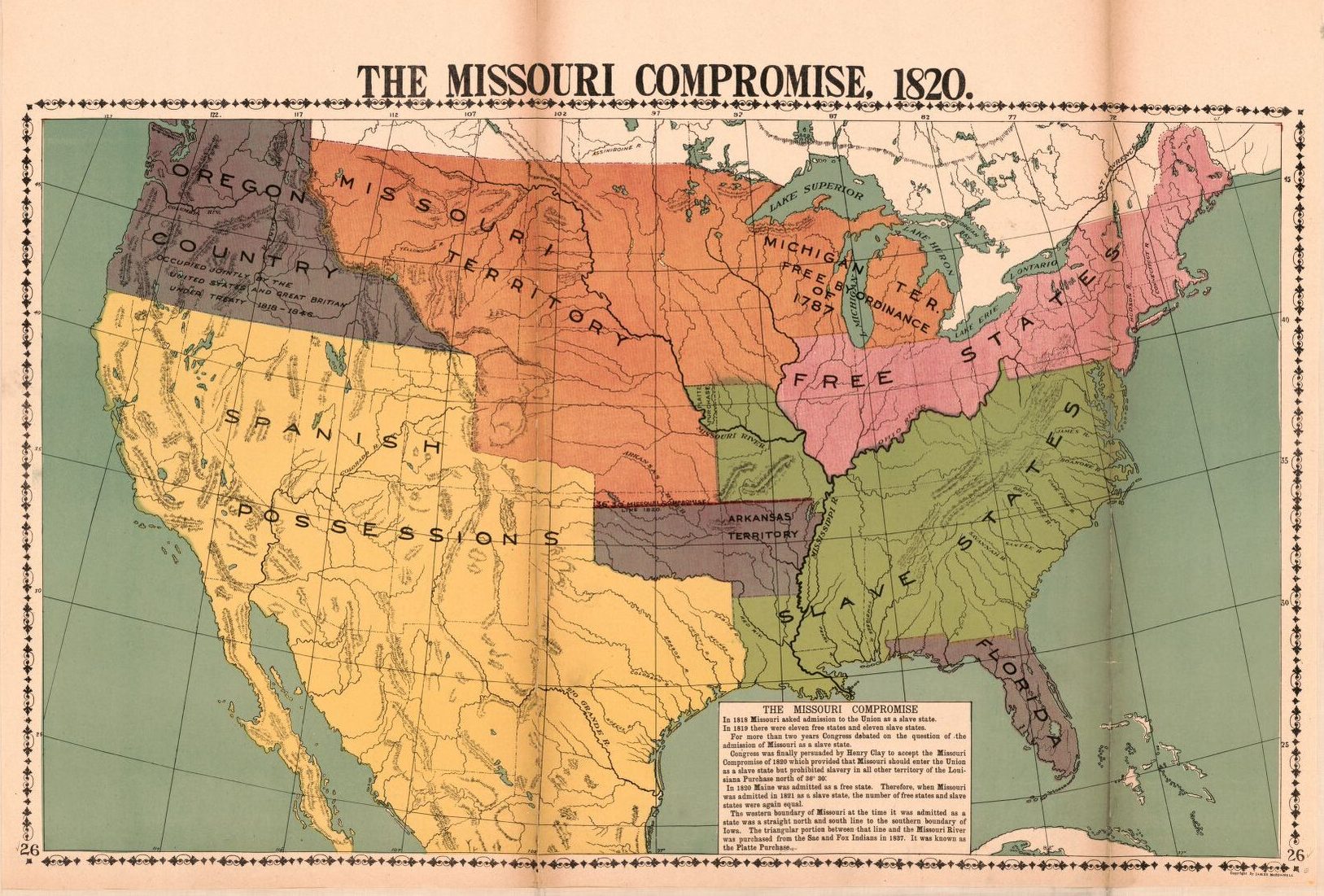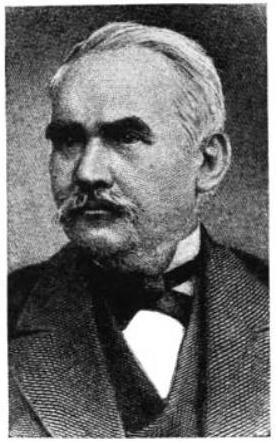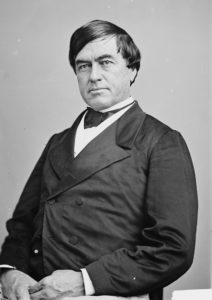
“Deceive and Inflame the Masses”: Placing Blame for New Hampshire Civil War Draft Resistance
Near midnight on a crisp October night in 1863, the brilliant fall foliage covering the flanks of the mountains in Jackson, New Hampshire, were suddenly awash in a bright glow. It was not an early dawn. The Forest Vale House, an inn nestled under the hulks of the White Mountains, ...
Read More
Read More

Missouri Compromised: Anti-Slavery Protest During the Missouri Statehood Debate
In his book On Compromise and Rotten Compromises, the philosopher Avishai Margalit argues that "we should be judged by our compromises more than by our ideals and norms. Ideals may tell us something important about what we would like to be. But compromises tell us who we are."[1] The essence ...
Read More
Read More

How to Build a Winning Coalition: What Today’s Democrats Can Learn from Pennsylvania’s Republicans in 1860
American politics during the late antebellum era was divisive and deeply polarized, just like the present. A few key battleground states, most prominently Pennsylvania, decided the outcome of national elections. To win the Keystone State in 1860, Republican Party managers employed keen coalition-building skills. They adapted readily to changing circumstances ...
Read More
Read More
Hatred and Vengeance in the Classroom
War generates powerful emotions and conveying those emotions to students presents numerous opportunities and a few pitfalls. More specifically, hatred and calls for vengeance inevitably accompanied (if they did not precede) the outbreak of war, and certainly the American Civil War was no exception to that rule. Students in Civil ...
Read More
Read More

Secession and Slavery in Great Britain: Cassius Clay and Edwin DeLeon debate in The Times of London
On May 13, 1861, Queen Victoria announced Great Britain’s neutrality in the Civil War, which raised Southern hopes of recognition and Northern fears of the same. The Queen’s proclamation and public reaction to the outbreak of hostilities were the result of long-standing assumptions about the sectional division in the United ...
Read More
Read More
